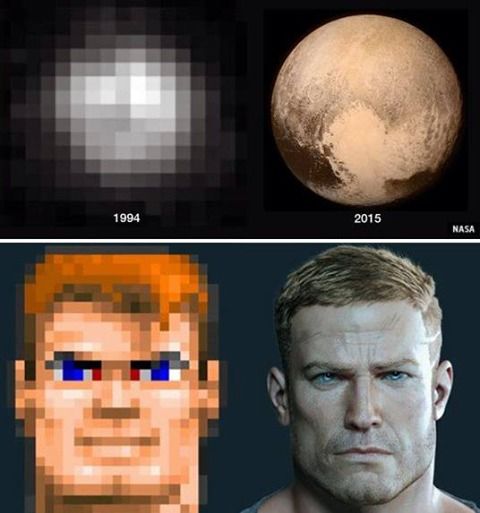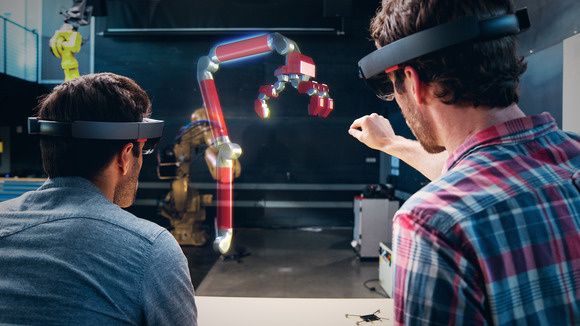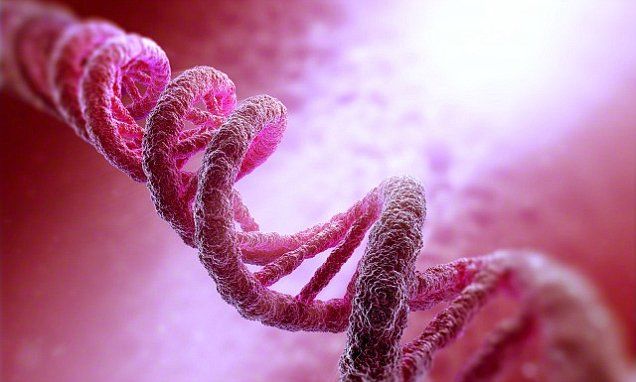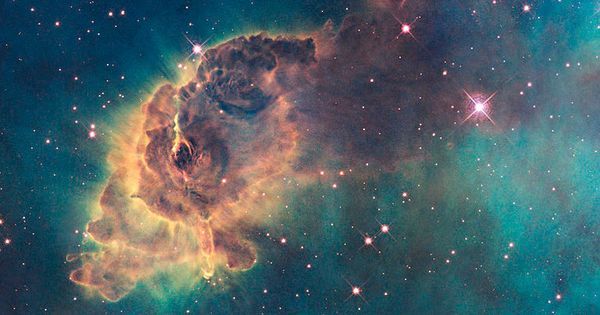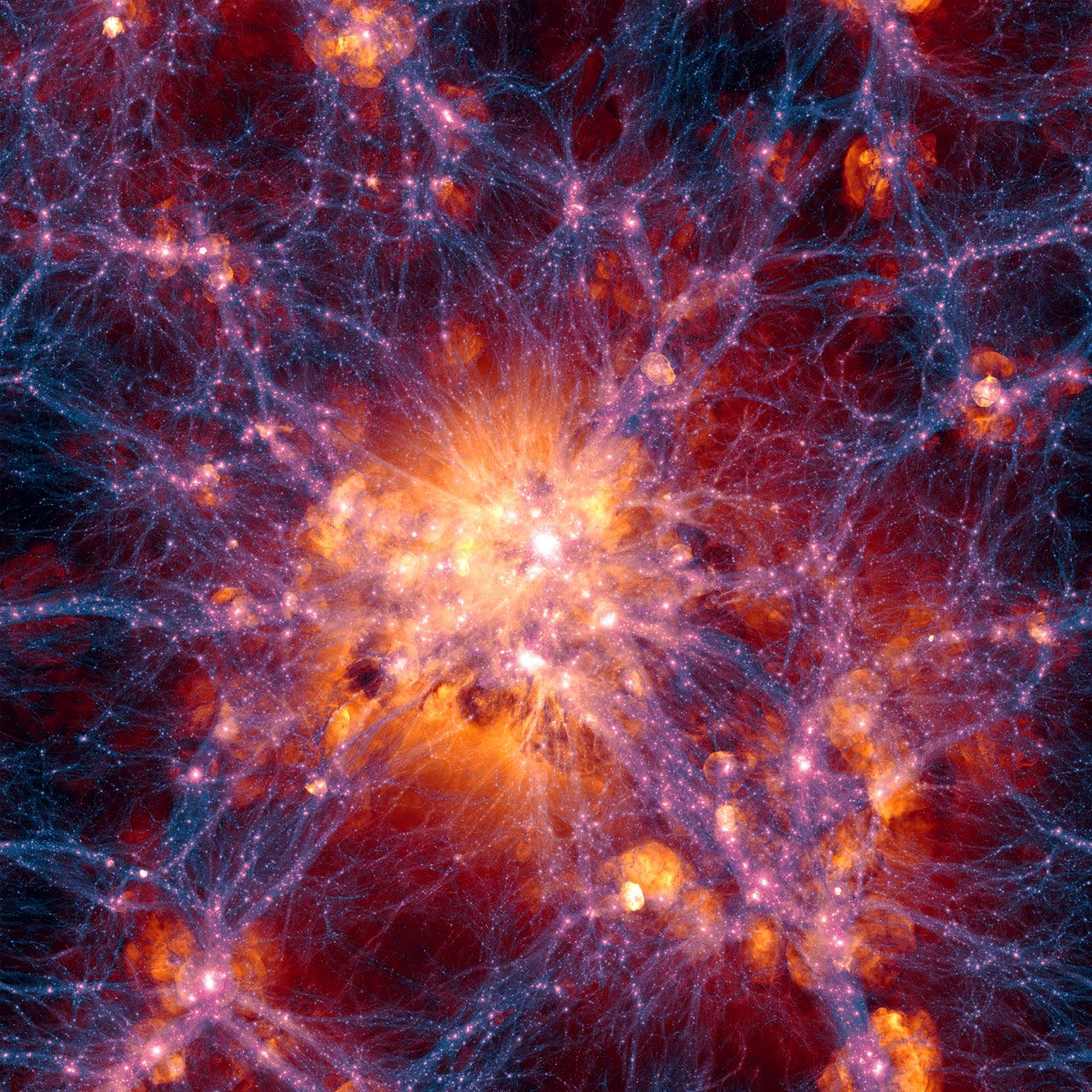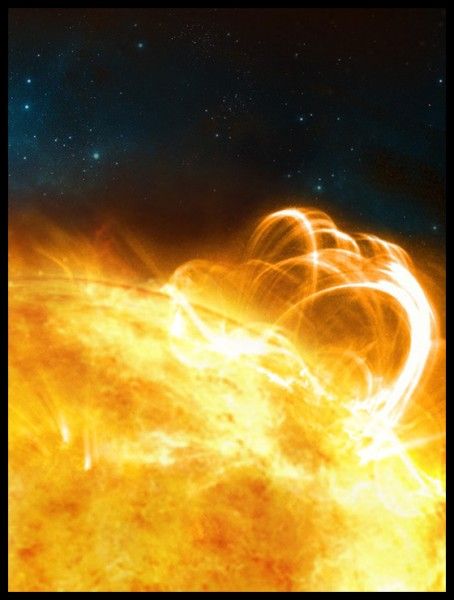Page 11944
Dec 5, 2015
Autodesk will bring digital designs into the real world with Microsoft’s HoloLens
Posted by Shailesh Prasad in category: augmented reality
Autodesk and Microsoft have teamed up to bring virtual product designs into the real world using augmented reality. The two companies announced on Monday that Autodesk Fusion 360 — software that lets users design, test, and ultimately manufacture physical objects — will connect with Microsoft’s HoloLens headset.
Right now, details about the final product are scarce, but the two companies have spent time working together over the past year on bringing 3D models from a screen to the real world by displaying them to users wearing the HoloLens. The collaboration could make it possible for designers working in Fusion to work together on digital models in the physical world, if everyone involved is wearing one of Microsoft’s augmented reality headsets.
Doing that has the potential to be a boon for product designers, since they wouldn’t have to spend as much time manufacturing physical prototypes to be able to see how a product could look in real life. The HoloLens likely won’t replace physical prototyping entirely, though: the device’s field of view is fairly limited at this point, which means that it could be hard for designers to get a full feeling of what an some objects would look like, especially if they’re particularly large.
Dec 5, 2015
Fastest Charging Electric Bus Charges In 10 Seconds In
Posted by Shailesh Prasad in category: transportation
The world’s fastest charging electric bus is now operating in the eastern Chinese port city of Ningbo.
According to local transportation authorities, the public bus — which was manufactured in Ningbo and runs along a 24-stop, 11 kilometre route — takes as little as 10 seconds to charge up and be ready for the next leg of its journey.
Dec 4, 2015
3D Printers Can Now Churn Out “Living” Blood Vessels
Posted by Shailesh Prasad in categories: 3D printing, biotech/medical, materials
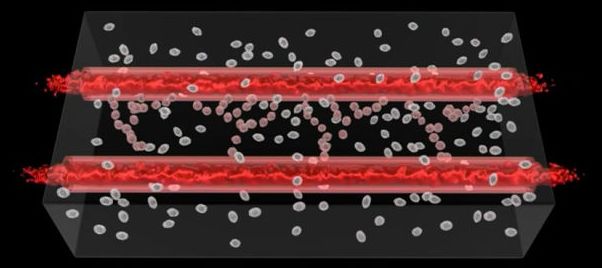
In a breakthrough that could lead to printable organs and an enhanced understanding of human physiology, researchers from Lawrence Livermore National Labs have 3D-printed functional blood vessels that look and function like the real thing.
3D bioprinters are similar to conventional 3D printers, but instead of using inert materials, they use “bio-ink:” basic structural building blocks that are compatible with the human body.
Dec 4, 2015
‘Gene repair’ could be tested on people in 2017
Posted by Shailesh Prasad in category: biotech/medical
Human trials of Crispr editing are being proposed by Massachusetts-based start-up Editas Medicine to treat a rare form of blindness knwon as Leber congenital amaurosis.
Dec 4, 2015
Here’s a Peek at the First Sodium-ion Rechargeable Battery
Posted by Shailesh Prasad in categories: energy, materials
Ubiquitous sodium could replace rare lithium in rechargeable batteries, French researchers show. And it could make batteries A LOT cheaper.
Will sodium replace lithium as the material of choice for rechargeable batteries?
Dec 4, 2015
More information discovered about possible ‘alien’ radio signals
Posted by Sean Brazell in category: alien life
New data about mysterious mathematical signals from deep space called ‘fast radio bursts’ offer new clues about their origin.
By: Bryan Nelson
Dec 4, 2015
Leonardo da Vinci robot wows Tokyo crowd
Posted by Sean Brazell in category: robotics/AI
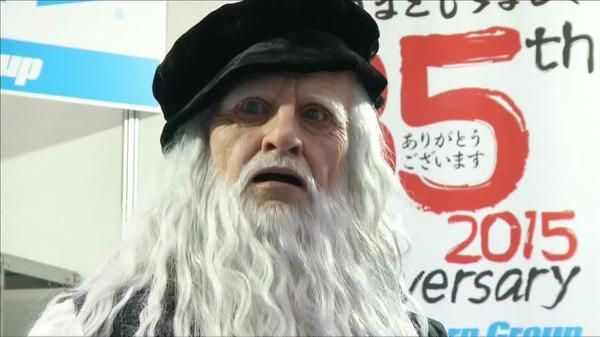
Watch the video Leonardo da Vinci robot wows Tokyo crowd on Yahoo News. Disaster relief humanoids on display at the International Robot Exhibition 2015, but Leonardo da Vinci steals the show. Jim Drury reports.
That great void of space is growing quieter as the universe dies — but how long do we have before The End?
Dec 4, 2015
Evidence that our Sun could release ‘superflares’ 1000x greater than previously recorded
Posted by Sean Brazell in categories: physics, space
Oh, joy.
What the Sun might look like if it were to produce a superflare. A large flaring coronal loop structure is shown towering over a solar active region. (credit: University of Warwick/Ronald Warmington)
Astrophysicists have discovered a stellar “superflare” on a star observed by NASA’s Kepler space telescope with wave patterns similar to those that have been observed in the Sun’s solar flares. (Superflares are flares that are thousands of times more powerful than those ever recorded on the Sun, and are frequently observed on some stars.)
